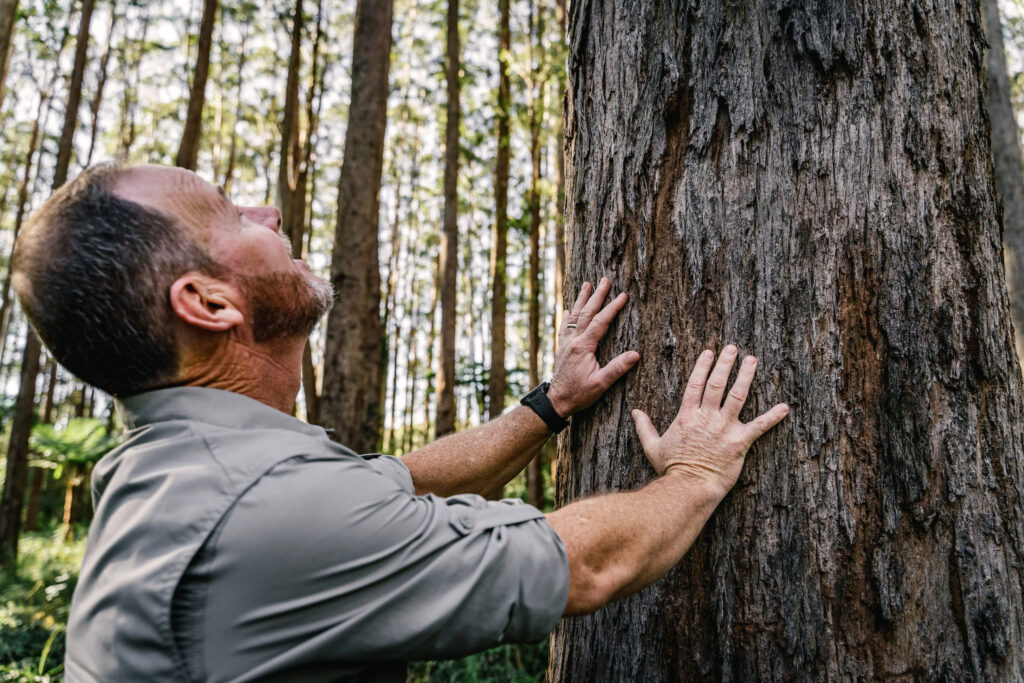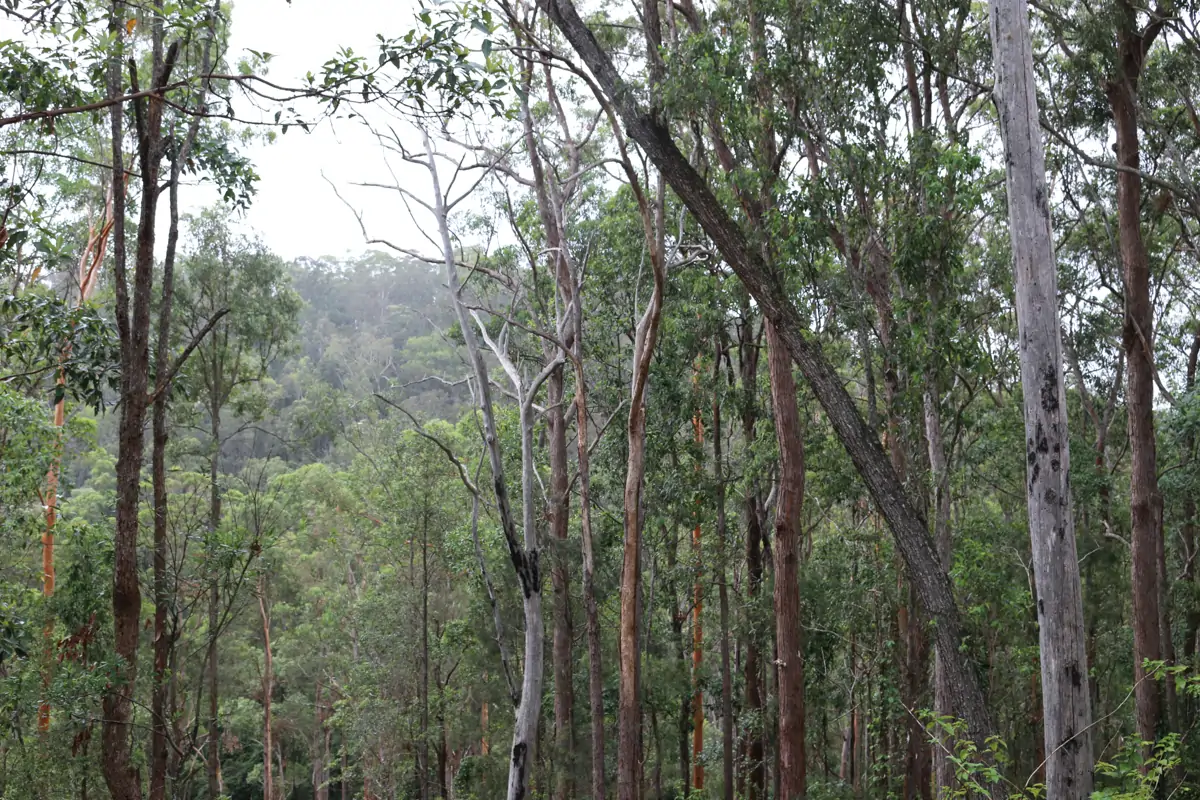Diversifying your income as an owner of a private native forest provides both short and long-term wins for you and your property. Sustainable forest management benefits forest health whilst providing a financial return on your tree harvest.
A sustainable timber harvest of trees that have reached or surpassed their full potential, leaving healthy adolescent trees to thrive, promotes long-term forest ecology. A well-managed forest can last forever, following the plant-grow-fell lifecycle, providing multiple opportunities to sustainably harvest within your lifetime.
So, are you sitting on a sustainable goldmine? In 2022, NSW and QLD landowners made on average $30,000 to $100,000 per harvest. Plus, if harvested correctly landowners can plan to harvest again in 10-20 years. It should be noted that the price can be higher or lower depending on the species of timber. See here for our timber pricing guide.
If you are considering harvesting your trees and want to ensure they are both sustainably managed and deliver maximised returns, then you are in the right place. Our 5 steps to a successful timber harvest will set you on your way, regardless of the forest management operator you choose.
5 steps for a successful timber harvest

1. Gain specialist advice.
Firstly, ensure you fully understand the suitability of your trees for harvest. Things to look out for include: tree species, age, health, volume, location, accessibility, and soil erosion. It is also important to consider the ecology of your forest and the protection of forest-dwelling wildlife.
Sustainable Forest Management provides ongoing specialist advice on how to get the best return from your tree harvest, with positive long-term investment. We offer free forest inspections to assess suitability for harvest. We may recommend that you wait a number of years to harvest, or not plan to harvest at all, depending on the suitability of your trees. We are not in the business of harvesting trees for purely short-term financial gain. We are in the business of sustainably managing private native forest to reach its full potential so that Australia’s forests thrive now and into the future.
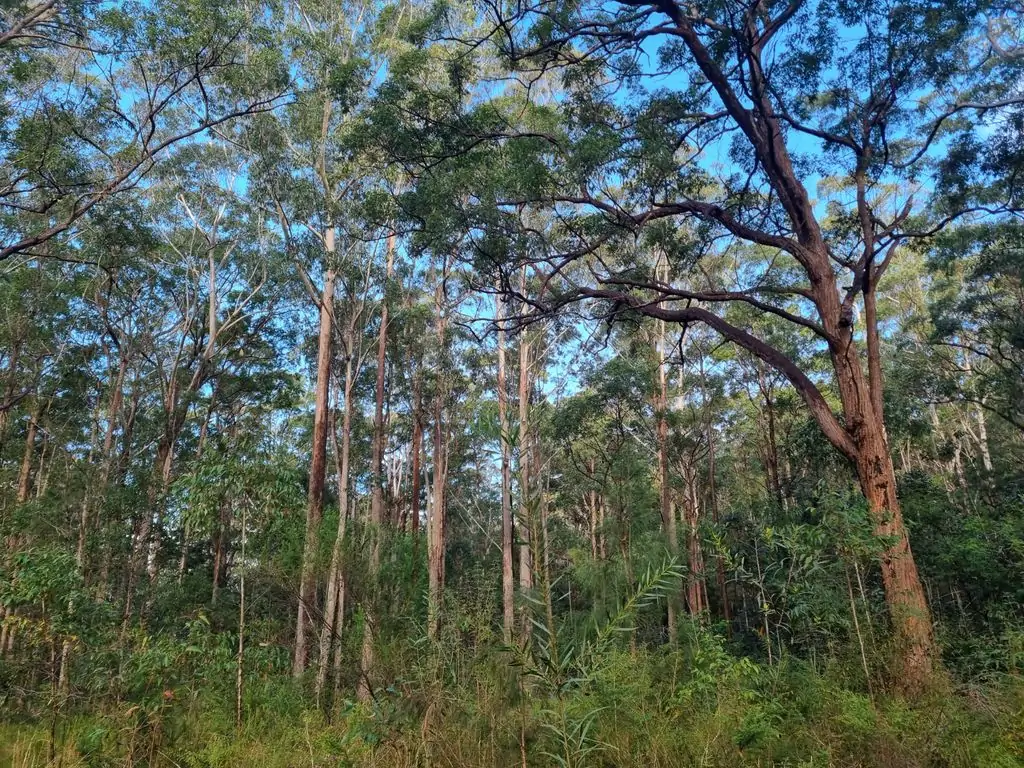
2. Choose the correct harvest type.
From forest thinning to medium clearing. A suitably qualified sustainable forest manager will give you the best advice. Read more on harvest types below.
Forest Thinning: Once established, trees will at first support and then compete. As trees grow, what was once welcome shelter from a neighbour, soon turns into fierce competition for natural resources, primarily light and moisture. An ability to positively manage these interactions between trees is considered the most important aspect of silviculture; the practice and science of forest management (Local Land Services).
Competition between trees impacts both tree growth and wood quality. There is a significant difference in density tolerance between tree species. Native Australian hardwoods such as Eucalypts and Teak are far less tolerant than Pines which can grow at high density with limited impact. It is often seen that Eucalypts lower shaded leaves die, leaving only a small amount of canopy on each tree to sustain growth, eventually impacting the longevity of suppressed trees. It is therefore important to conduct forest thinning, by removing trees that have reached/surpassed their full potential to enable younger trees to thrive (Farm Forest Line).
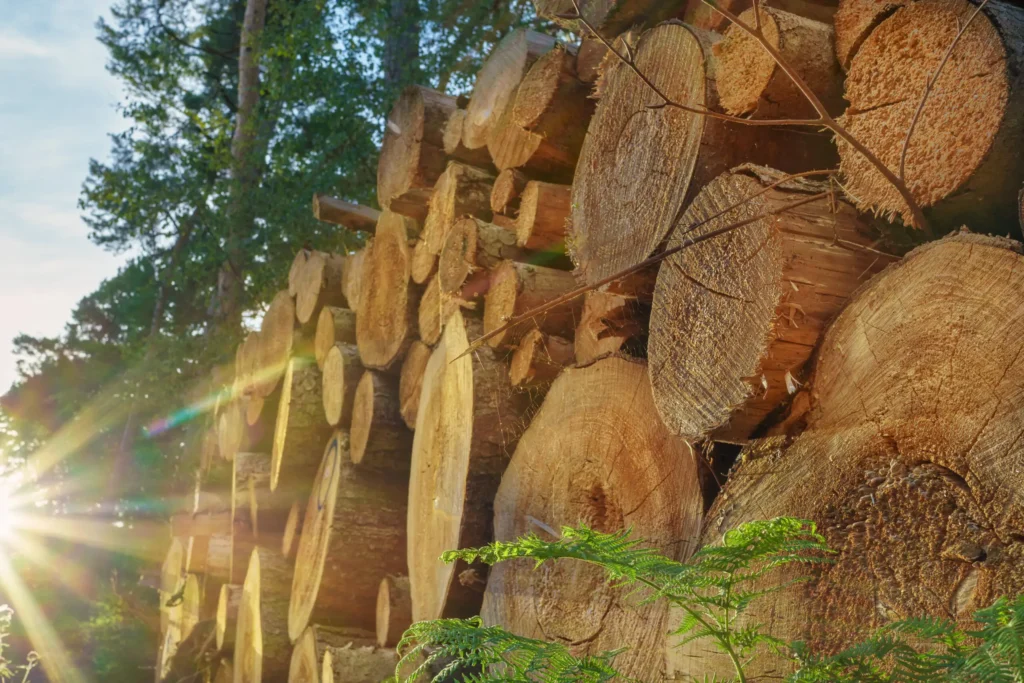
3. Documentation.
Make sure that you have the correct documentation and approval to comply with the Local Land Services: Silviculture Private Native Forestry Code of Practice.
The guidelines provide landowners and private native forestry contractors an understanding of:
- NSW forest types
- important silvicultural practice & procedures
- social and economic factors that influence silvicultural practice
Note: The use of these guidelines and the optimum silvicultural regime for any given forest depend on many factors, including management intent, nature of the local industry, economic considerations, forest type and species, and the condition and structure of the forest (Local Land Services).
4. Record keeping & Compliance.
From Private Native Forest (PNF) Plans in NSW and Development Application processes in QLD, compliance is paramount and this is something Sustainable Forest Management are experts in.
It is important to engage a sustainable forest manager, focused on the long-term health of your forest. Read more about sustainable timber harvesting.
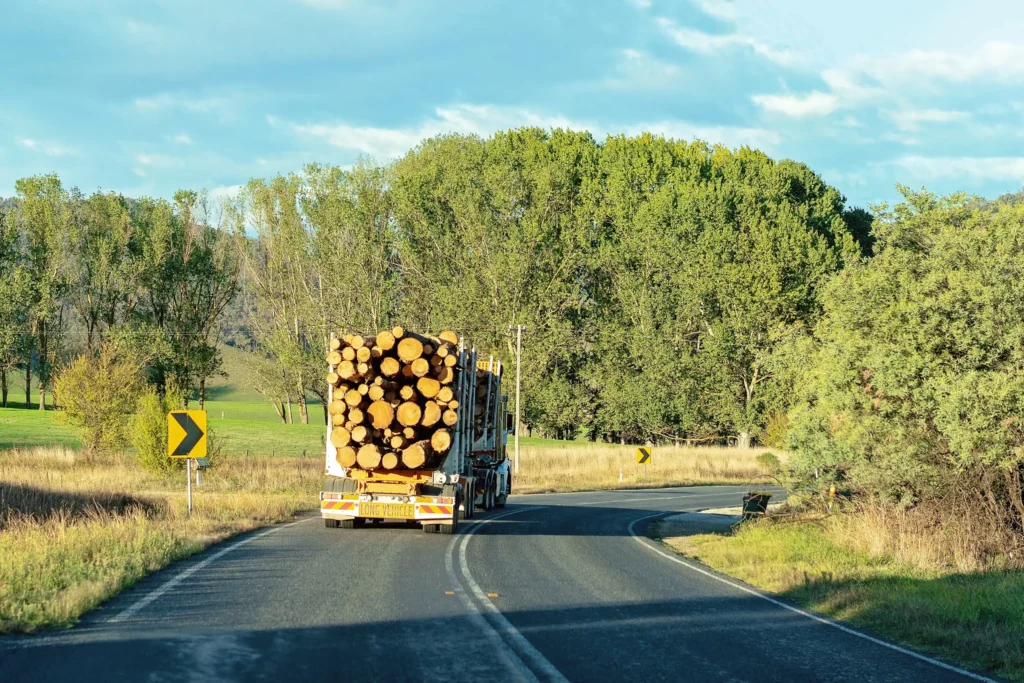
5. Timing.
Harvesting at the correct time is critical to long-term health. Forest age, stage of regeneration, seasonality and bushfire forecast all have an impact on the optimum time to harvest and will be individual to each forest.
Ready to take the next step? How to sell my trees is our dedicated guide to maximising the returns on your timber in NSW and SE QLD.
As leaders in sustainable management of private native forest along the East Coast, Sustainable Forest Management help over 50 private landowners each year to successfully manage their forests for the best long-term outcome. Both Siman (Managing Director) and Victor (Resource Manager) have been involved in the forestry industry in a lifelong capacity and have a wealth of knowledge and expertise to share.
Join the community of sustainably managed forests. Be the next landowner we help. Get in contact today to arrange a free assessment and valuation of your forest.
Want to find out more about us? You can read more about Sustainable Forest Management here or check out our Guide to Australian timber values by species.
